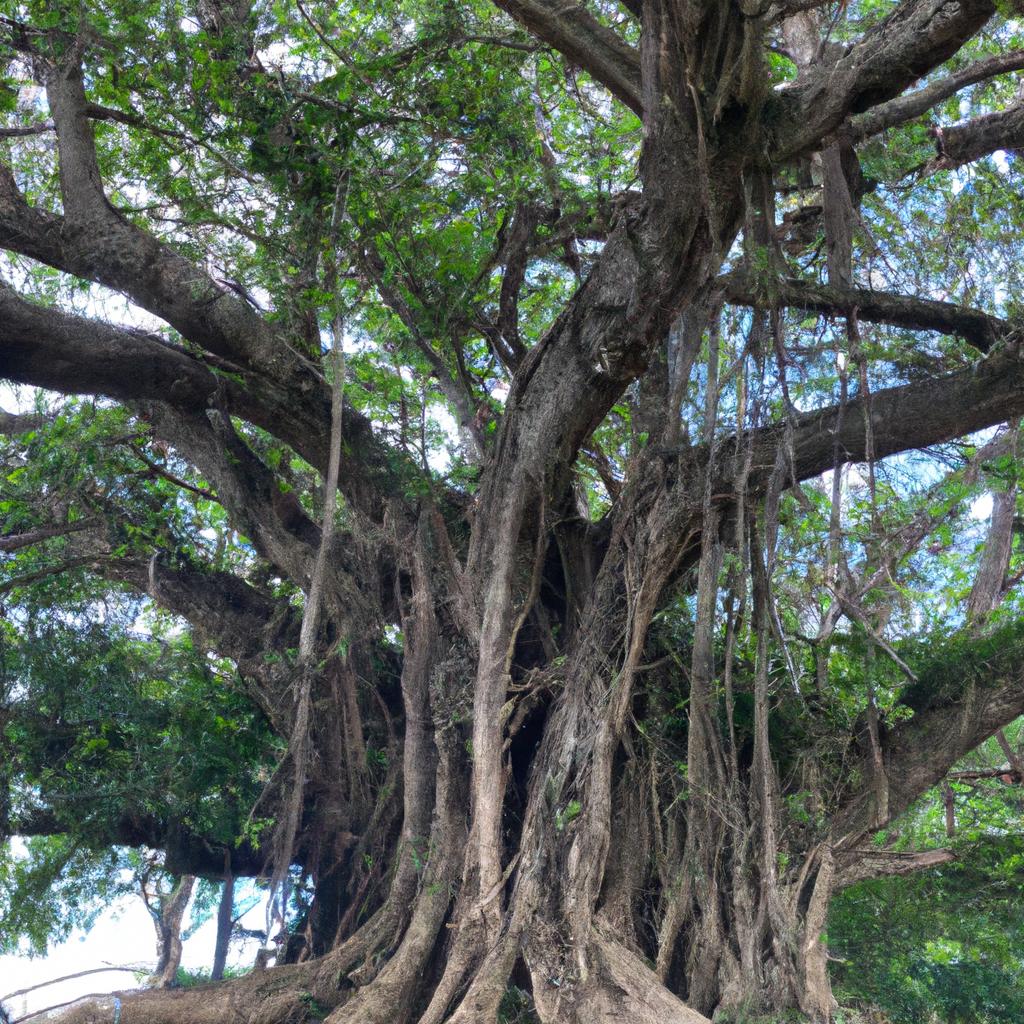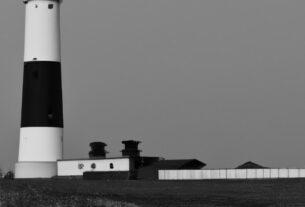The Magical Tree of Life, an ancient and mystical symbol revered by cultures worldwide, has captivated the imaginations of people for centuries. Serving as a bridge between the physical and spiritual realms, this extraordinary tree connects heaven and earth. Its roots trace back to the beginnings of time, and its symbolism has evolved over generations, reflecting diverse traditions and beliefs. Let us embark on a journey to explore the rich history, profound significance, and diverse uses of the Magical Tree of Life.
Unveiling the Meaning and Origin
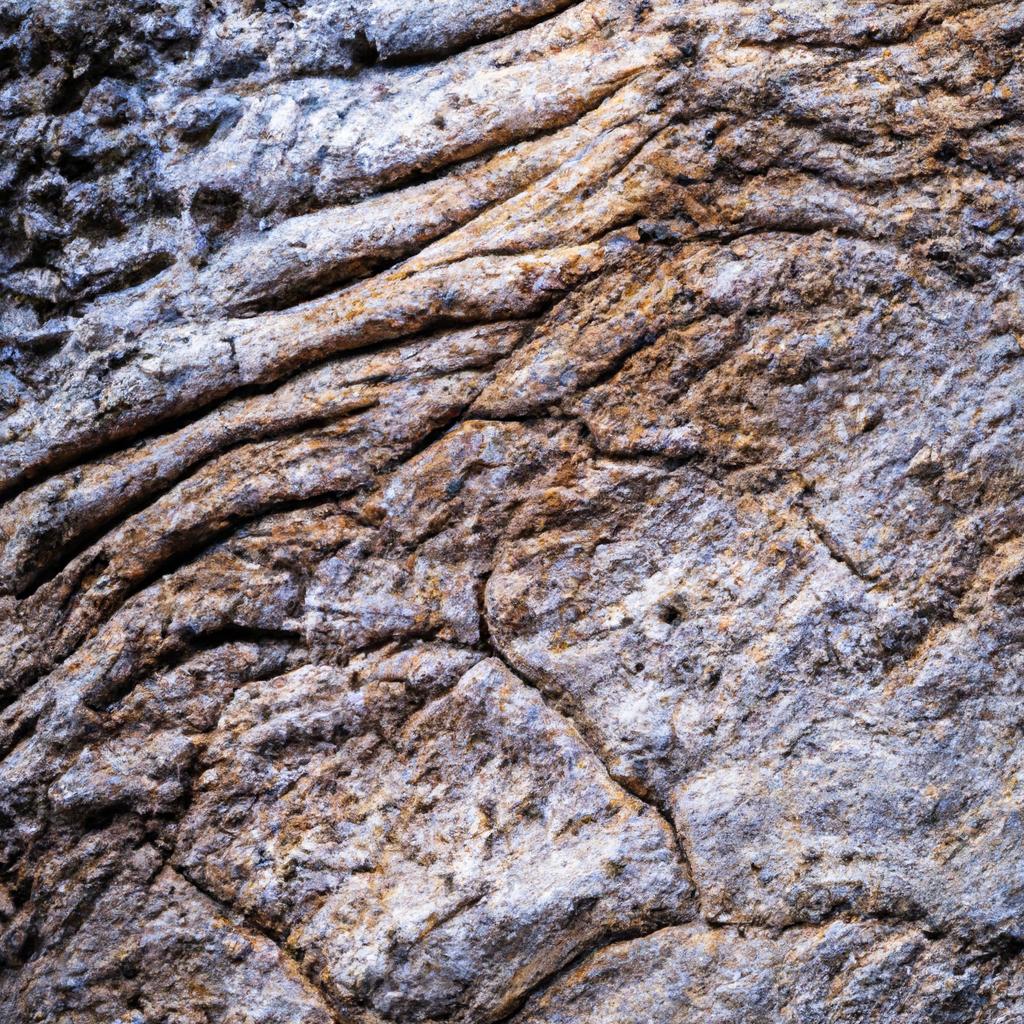
The Magical Tree of Life symbolizes the interconnectedness of all life on Earth. Embedded deep within mythology, religion, and ancient cultures, its essence resonates universally. Norse mythology equates the Yggdrasil tree with the source of creation, while the Celtic tree of life represents the delicate balance between heaven and earth. Kabbalah’s complex diagram, the tree of life, portrays different levels of consciousness and a pathway to spiritual enlightenment.
Religious texts such as the Bible and the Quran also reference the Tree of Life. In the Bible, it manifests in the Garden of Eden, symbolizing eternal life and wisdom. The Quran refers to it as the Tree of Immortality, residing in the realm of heaven.
Ultimately, the Magical Tree of Life represents the interconnectedness of all living beings and the harmonious equilibrium between heaven and earth. It illustrates the cycle of life, death, and rebirth, reminding us of life’s transient nature. Its branches signify the diverse paths we can take, while its roots symbolize our beliefs and values. As a symbol of spiritual transformation, growth, and renewal, the Magical Tree of Life holds profound power.
In various cultures, the image of the Tree of Life serves as a meditation tool, guiding individuals to connect with their inner selves and gain deeper insights into their purpose and mission in life. It embodies hope and resilience, reminding us that growth and renewal are always possible amidst life’s challenges.
Exploring the Features and Characteristics
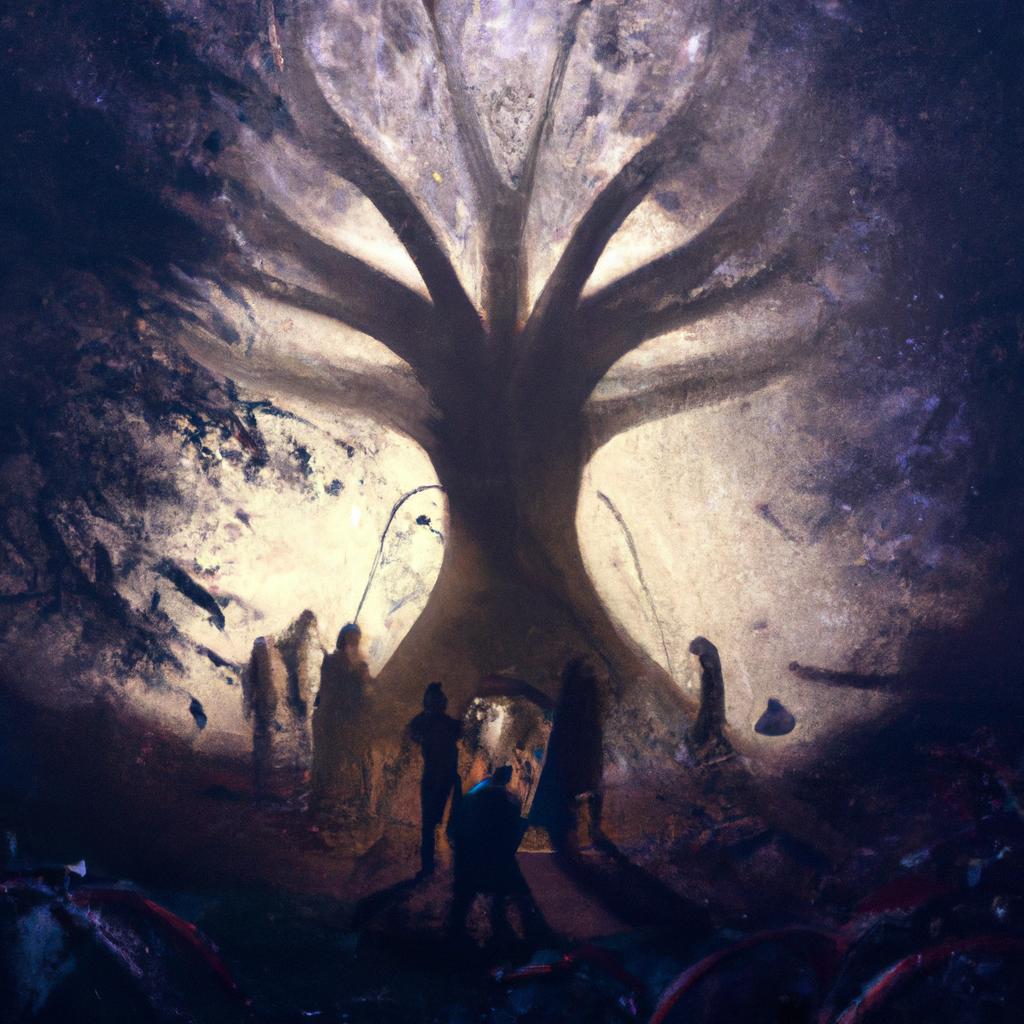
Physical Description
The Magical Tree of Life is often portrayed as a grand, majestic tree with abundant foliage and far-reaching roots. Its branches extend toward the heavens, while its trunk holds a profound story. The tree’s portrayal incorporates various symbols and elements, such as fruits, flowers, and animals, each representing different facets of life and nature.
Unique Properties and Powers
According to beliefs, the Magical Tree of Life possesses extraordinary properties and powers, becoming a catalyst for spiritual growth and transformation. It possesses the ability to heal and restore balance to the body, mind, and spirit. The roots draw in positive energy, whilst the branches offer guidance and protection.
Discover the Uses of the Magical Tree of Life
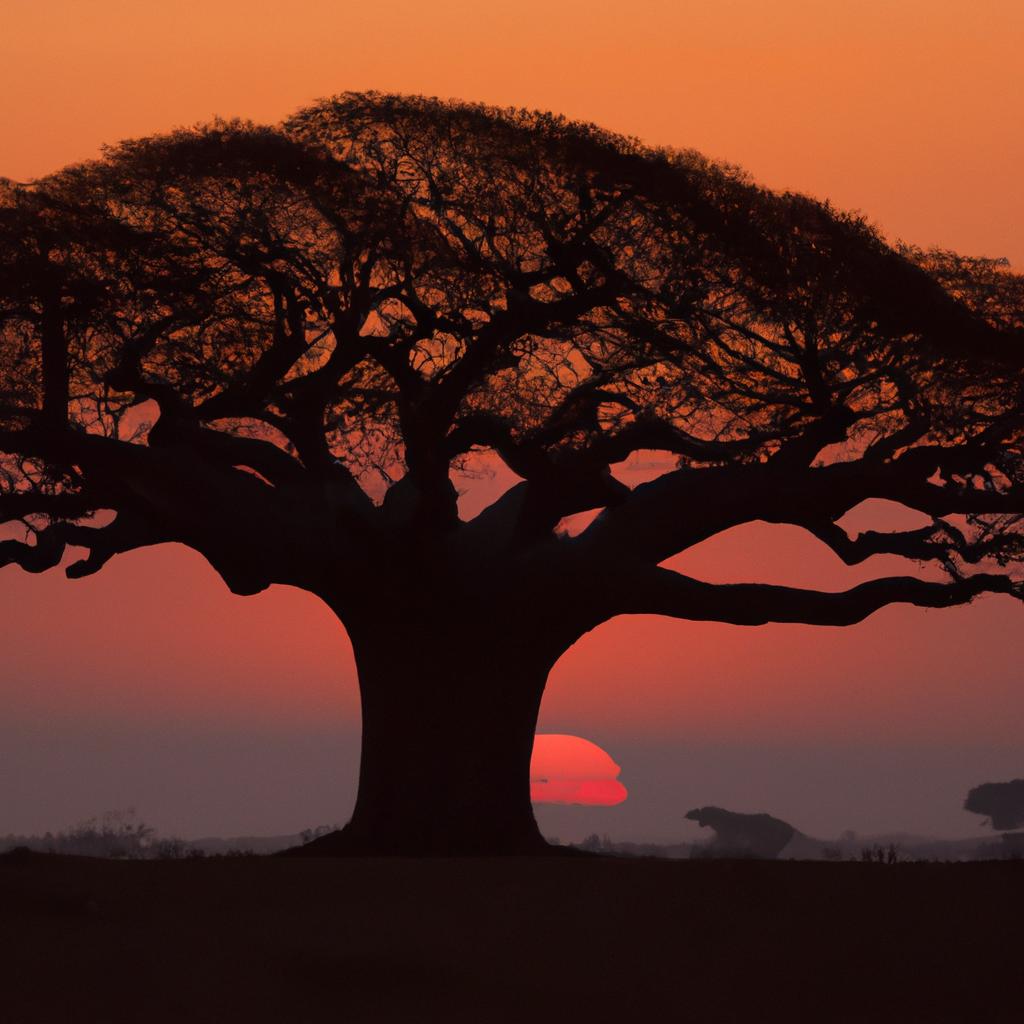
Healing Properties
The Magical Tree of Life serves as a key component in various healing practices, such as Ayurvedic medicine and aromatherapy. Its bark, leaves, and fruit contain essential oils and compounds with antimicrobial, anti-inflammatory, and antioxidant properties. It also possesses a calming effect on the mind and body, making it a popular tool for stress relief and relaxation.
Protection and Cleansing
Believed to possess the power to repel negative energy and evil spirits, the Magical Tree of Life is often utilized in rituals and ceremonies to purify the space and the individuals present. Additionally, it is thought to ward off sickness and disease.
Meditation and Spiritual Practices
As a potent symbol of spiritual transformation and growth, the Magical Tree of Life becomes an essential tool for meditation and contemplation. It aids individuals in connecting with their inner selves, gaining profound insights into their life’s purpose and mission.
The Cultural Significance
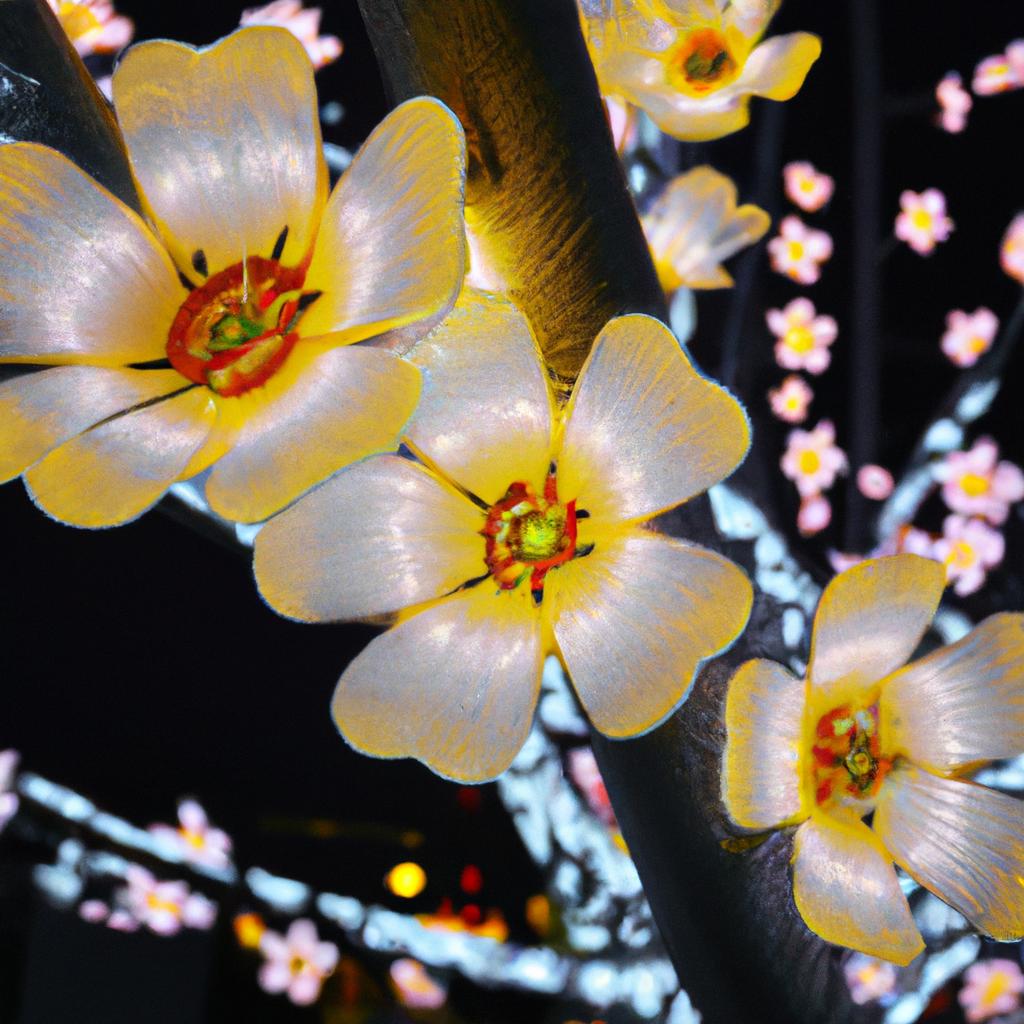
Cross-Cultural Beliefs and Traditions
The Magical Tree of Life represents a universal symbol revered by cultures worldwide for centuries. It embodies life, death, and rebirth, often associated with creation myths and legends. Its essence can be found in various religions, including Christianity, Judaism, Islam, and Hinduism, each offering unique interpretations and symbolism.
Role in Modern-day Spirituality
Even in modern times, the Magical Tree of Life plays a significant role in spirituality. It symbolizes hope, resilience, and spiritual transformation. Art, literature, and music incorporate its image, portraying distinct aspects of life and nature. Today, the Magical Tree of Life stands as a reminder of the interconnectedness of all living beings and the vital importance of preserving the natural world.
In the Mysteries of the Magical Tree of Life
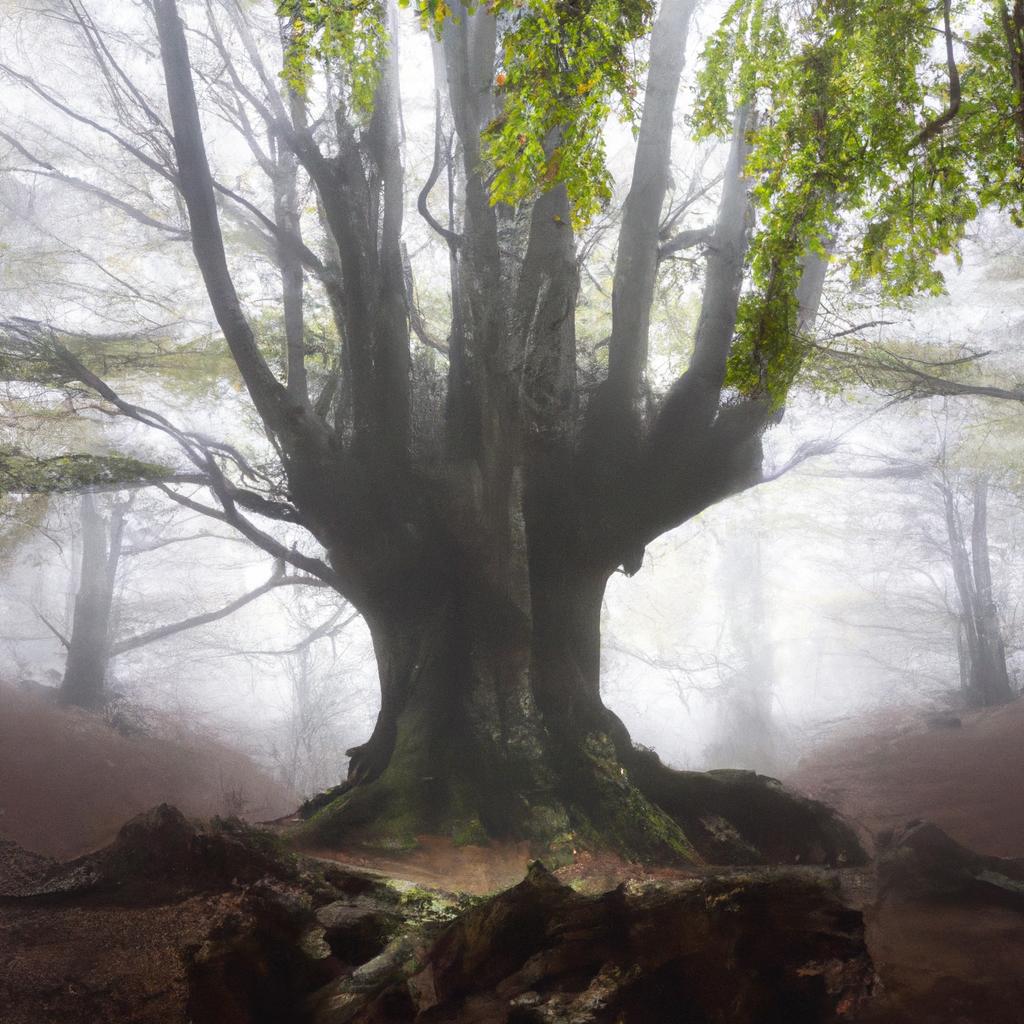
In conclusion, the Magical Tree of Life emanates a powerful symbol of spiritual transformation, growth, and renewal. Its roots extend deep into mythology, religion, and ancient cultures, while its timeless meaning and significance continue to evolve. With its unique properties and powers, it becomes a cherished tool for healing, protection, and spiritual practices. As we navigate the complexities of modern life, the Magical Tree of Life reminds us of the interconnectedness of all living beings and the utmost importance of preserving the natural world for generations to come.
